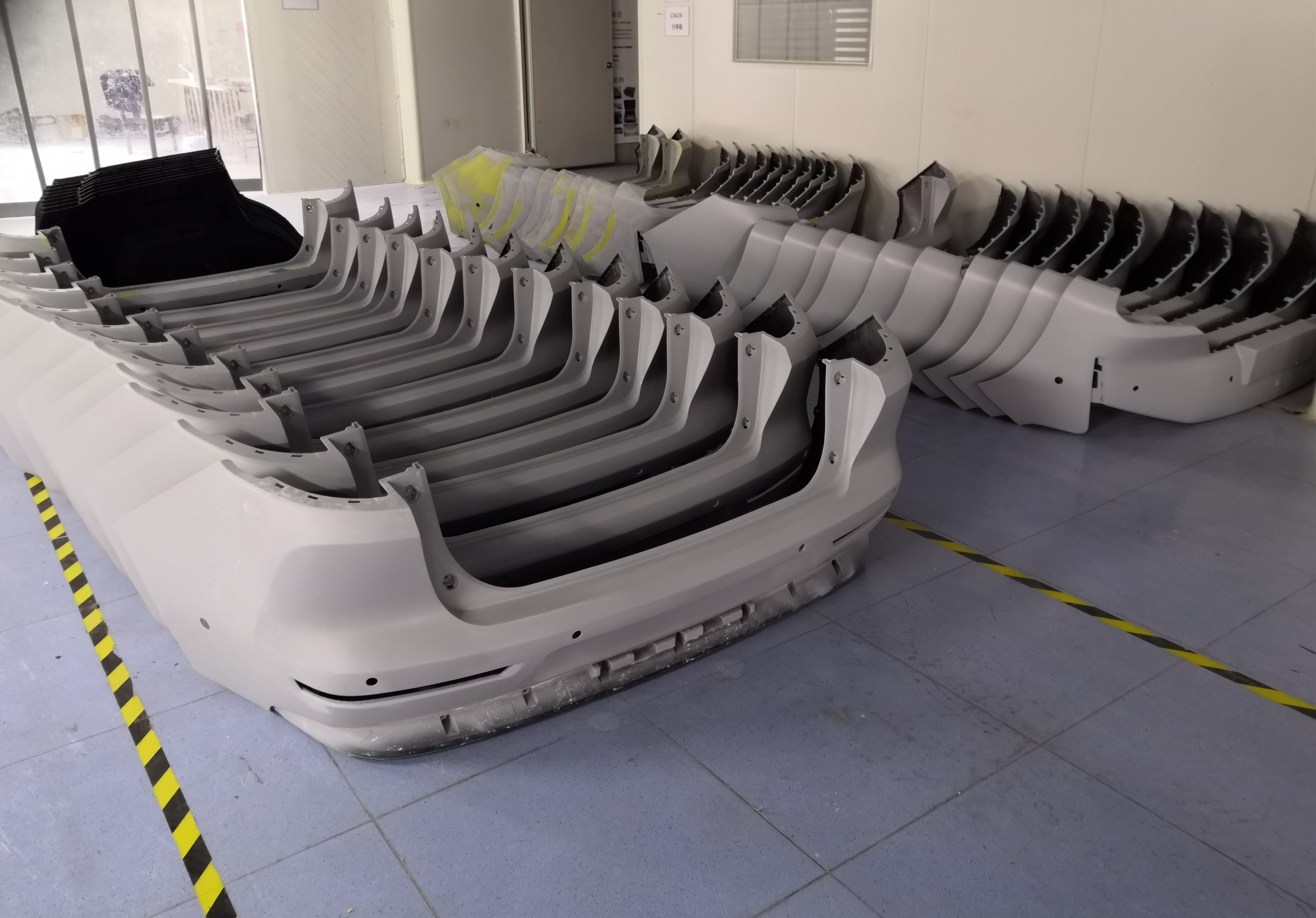In recent years, Stereolithography (SLA) 3D printing has emerged as a transformative technology in the automotive industry, particularly in the fields of customization and intelligent manufacturing. This advanced printing process, which uses a laser to cure liquid resin into precise layers, allows for the creation of complex, high-quality parts with remarkable accuracy. As both car enthusiasts and automotive manufacturers seek more efficient and customizable solutions, SLA 3D printing has proven to be an invaluable tool in achieving innovative designs and improving production workflows.
One of the most compelling advantages of SLA printing in automotive customization is its ability to create highly intricate, customized components that were once difficult or impossible to produce using traditional manufacturing methods. Whether for custom car parts or unique motorcycle components, SLA 3D printing allows automotive designers to push the boundaries of creativity. For instance, custom car interior fittings, dashboard panels, and even exterior bodywork can be produced with precise detail and tailored to the exact preferences of the owner. This capability enables designers and engineers to provide personalized, one-of-a-kind solutions to customers, fulfilling their exact vision for both aesthetics and functionality.
Moreover, the rapid prototyping capabilities of SLA 3D printing significantly reduce the time and costs involved in traditional manufacturing processes. In the past, the creation of customized auto parts often involved labor-intensive processes such as mold-making and manual assembly, which could take weeks or even months. With SLA technology, designs can be turned into physical prototypes in a matter of hours. This fast turnaround time not only accelerates the development cycle but also lowers production costs, making customizations more accessible to a wider range of car owners and enthusiasts.
SLA 3D printing also has a profound impact on the performance optimization of automotive components. Custom performance parts, such as lightweight brackets, aerodynamic elements, and engine components, can be manufactured with precision to improve both the aesthetic appeal and the functionality of the vehicle. Since SLA printing allows for the use of advanced materials such as high-strength resins and composite materials, it is possible to create parts that are not only lightweight but also durable, offering significant improvements in performance, fuel efficiency, and safety.
Another significant aspect of SLA 3D printing in automotive manufacturing is its ability to create parts that fit the unique needs of each vehicle. Custom-fit components, such as interior panels, seat brackets, or personalized gear knobs, can be tailored to enhance comfort, ergonomics, and the overall driving experience. In addition, SLA printing allows for the creation of functional prototypes that can be tested and refined quickly, allowing manufacturers to fine-tune designs before mass production. This agility in the design process helps reduce errors and minimizes the need for costly adjustments later in the production cycle.
For car manufacturers, SLA 3D printing also plays an important role in intelligent manufacturing. The integration of SLA technology with digital design tools and CAD software enables a seamless transition from conceptual design to physical production. The precision and versatility offered by SLA printing make it an ideal solution for manufacturing small-batch parts or complex designs that would be challenging to produce using traditional methods. As a result, SLA 3D printing not only enhances customization options but also streamlines the overall manufacturing process, making it more efficient and cost-effective.
As the automotive industry continues to evolve, the potential applications of SLA 3D printing are expanding. Manufacturers are increasingly using 3D printing services to produce prototypes, production parts, and accessories that align with their commitment to sustainability and innovation. The use of additive manufacturing enables the reduction of waste and material usage, aligning with industry goals for sustainable automotive production.
In conclusion, SLA 3D printing has become a game-changer in the automotive industry, particularly in the areas of customization and manufacturing. By enabling the rapid production of bespoke parts, reducing costs, and improving performance, SLA printing is revolutionizing how cars and motorcycles are designed, built, and modified. As this technology continues to advance, its role in shaping the future of automotive innovation will only grow, making it an essential tool for anyone involved in the world of car and bike customization. With SLA 3D printing services, both manufacturers and enthusiasts now have the opportunity to push the boundaries of automotive design, creating highly functional, personalized, and innovative vehicles.









